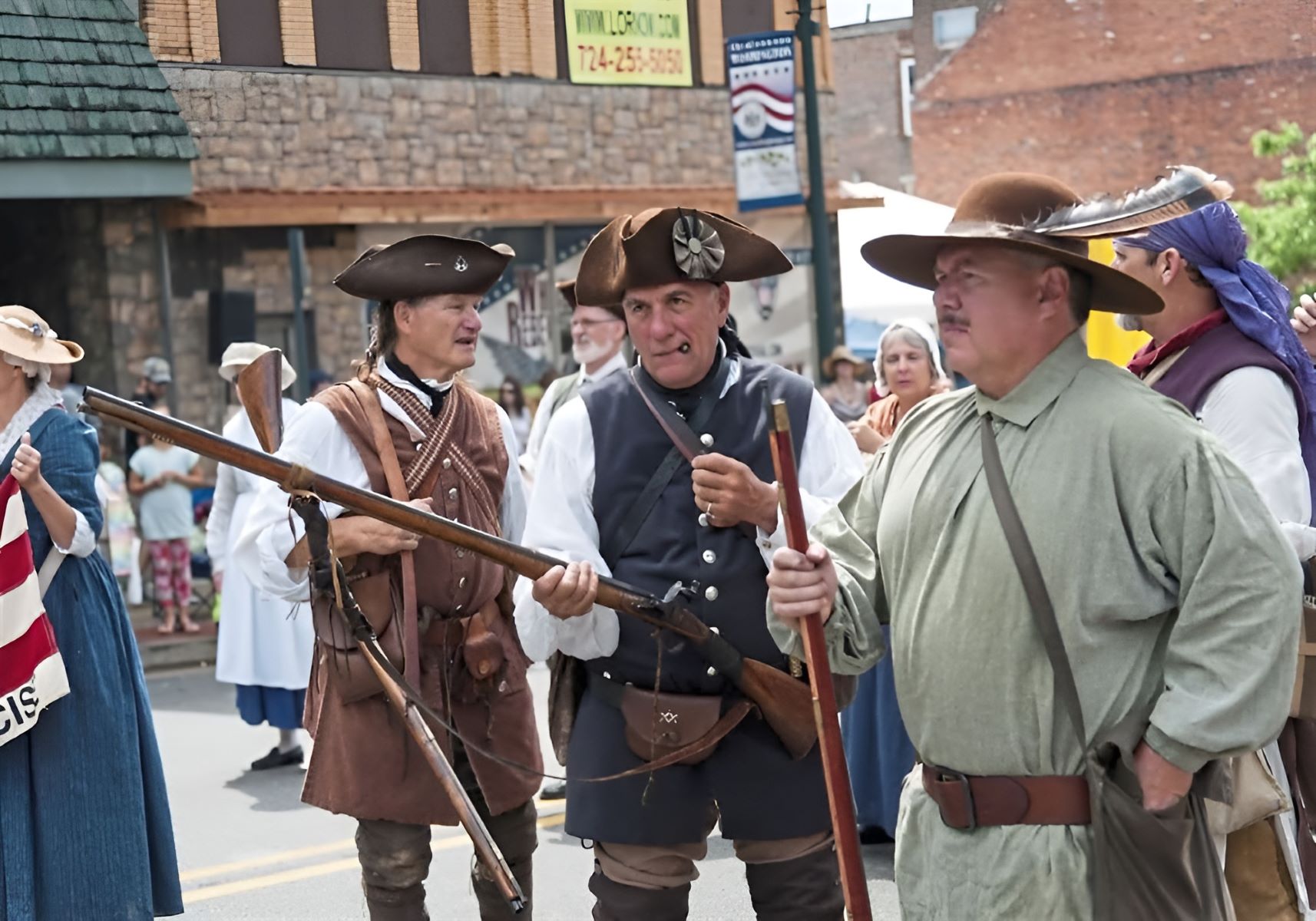Hidden Sites Of The Whiskey Rebellion

Ever heard of the Whiskey Rebellion? This lesser-known chapter in American history took place in the 1790s. Farmers in Western Pennsylvania protested a federal tax on whiskey. Their resistance turned into a full-blown rebellion. President George Washington had to send troops to quell the uprising. Today, you can visit hidden sites related to this event. From old taverns to historic battlefields, these places offer a glimpse into the past. Whether you're a history buff or just curious, exploring these spots can be a fun adventure. Ready to step back in time and see where history was made? Let's go!
Hidden Sites of the Whiskey Rebellion
The Whiskey Rebellion of the 1790s was a pivotal moment in American history. Farmers and distillers in Western Pennsylvania rose up against a federal excise tax on whiskey. Today, you can visit several hidden sites that tell the story of this fascinating chapter.
Historic Landmarks
These landmarks offer a glimpse into the past, showing where key events of the Whiskey Rebellion unfolded.
Bower Hill
- The site of General John Neville's home, Bower Hill was the epicenter of the rebellion. Neville, a tax collector, faced an angry mob here. His house was burned down during the conflict.
Braddock's Field
- This field near Pittsburgh was where rebels gathered to march on the city. It symbolizes the unity and determination of the protesters.
Fort Lafayette
- Located in Pittsburgh, Fort Lafayette served as a military base during the rebellion. It was a stronghold for federal troops sent to quell the uprising.
Museums and Exhibits
Museums dedicated to the Whiskey Rebellion provide a deeper understanding of the events and people involved.
Meadowcroft Rockshelter and Historic Village
- This museum in Avella, Pennsylvania, features exhibits on the Whiskey Rebellion. It offers a comprehensive look at the lives of the people affected by the tax.
David Bradford House
- The home of David Bradford, a leader of the rebellion, is now a museum in Washington, Pennsylvania. Visitors can explore his life and role in the uprising.
Scenic Trails and Parks
For those who enjoy the outdoors, several trails and parks are linked to the Whiskey Rebellion.
Whiskey Rebellion Trail
- This trail takes you through key sites in Pennsylvania, Maryland, and Virginia. It offers a scenic way to learn about the rebellion while enjoying nature.
Mingo Creek County Park
- Located in Washington County, this park was a meeting place for rebels. It features beautiful landscapes and historical markers.
Historic Taverns and Inns
Taverns and inns played a crucial role as meeting places for rebels. Some of these historic establishments still stand today.
Peter's Creek Baptist Church
- This church in Library, Pennsylvania, served as a gathering spot for rebels. It remains a symbol of community and resistance.
Old Stone Tavern
- One of the oldest buildings in Pittsburgh, this tavern was a popular meeting place for rebels. It offers a glimpse into the social life of the time.
Educational Centers
Educational centers provide resources and programs to learn more about the Whiskey Rebellion.
Washington County Historical Society
- Located in Washington, Pennsylvania, this society offers archives and programs on the rebellion. It's a valuable resource for history buffs.
Western Pennsylvania Historical Society
- This society in Pittsburgh provides exhibits and educational programs on the Whiskey Rebellion. It helps visitors understand the broader context of the uprising.
Discover the Legacy of the Whiskey Rebellion
The Whiskey Rebellion left a lasting mark on American history. Visiting the hidden sites where this significant event unfolded offers a unique glimpse into the past. From the Mingo Creek Meetinghouse to the David Bradford House, each location tells a story of resistance and change. Exploring these places helps you understand the struggles and triumphs of early American settlers.
These sites are not just historical landmarks; they are windows into the lives of those who fought for their beliefs. Walking through these areas, you can almost hear the echoes of the past. The Whiskey Rebellion may have been a turbulent time, but it also paved the way for a stronger nation.
Plan your visit to these hidden gems and immerse yourself in a pivotal chapter of American history. The legacy of the Whiskey Rebellion awaits your discovery.

